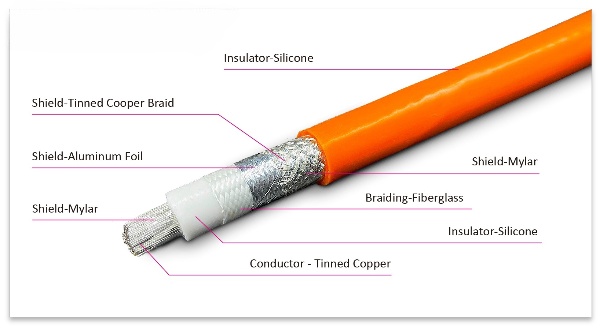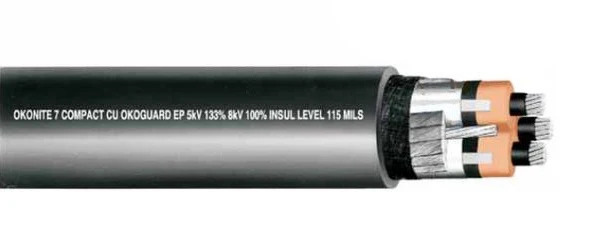What Is A Shielded Power Cable?
 Aug 08,2024
Aug 08,2024

 Suke
Suke
A shielded power cable is used to minimize electromagnetic interference, EMI, and radio frequency interference from external electronic devices such as computers, power lines, cellular networks, air conditioners, and fluorescent lighting. EMI is unwanted signals from a neighboring transmission circuit. The shielded power cable helps prevent the transmitted data from EMI and crosstalk between close-cable pairs and unintended coupling. The results are fewer data errors and increased transmission speed.

Cable shielding usage is determined by the application of a shielded power cable. There are various types of shielding available in the market. The three most popular types of low voltage signal cables are braided, spiral design, or metal coated mylar or foil shield. Depending on the design and construction, a shielded power can reduce noise by 85 percent to 100 percent. Braid shielding is constructed by weaving aluminum and copper wires interlaced together. It can reduce noise by up to 90 percent. Braid shielding can cover up to 85 percent of the wire and signal noise can leak between gaps in the braided weave design. This amount of coverage should be sufficient, especially where the application does not require constant movement flexing. The downside of the braid shielding design is that it is more costly and adds weight to the final design. A spiral shield is made of conductive wire wrapped in a spiral around the inner shielded power cable core and can mitigate noise up to 98 percent. As with a braid, a variety of materials and wire sizes can be used. However, spiral shields are usually limited to a smaller or meat-sized shielded power cable in order to attain higher coverage. They are best suited for audio applications because they are not effective above the audio frequency range due to the coil effect created by the inductance or served wired strands. Foil shields typically use an aluminum foil laminated to a polyester or polypropylene film. Foil shields provide 100 percent cable coverage strength, and added insulation needed for electrostatic shield protection. The foil shield eliminates the gaps that exist with braided designs to deflect 100 percent EMI. Foil shielding does not perform well in high-flex applications compared to spiral or braided designs. They do have less weight, and bulk and cost less than spiral or braid shields. Drain wires are used with foil shields to ground electrostatic discharges and make it easier to terminate. It is important that the shielded cable must be grounded properly in order to get the full benefit of shielding. Cables may be constructed with multiple layers of shielding with both the braided and foil designs for a noisy environment. Communication cables are also designed to be paired and individually shielded to further aid in preventing crosstalk and coupling. Overall, a shielded cable is where all wire pairs are wrapped inside a single shielded material. The ideal shielded power cable for any application depends on the specific application for which it is going to be used. Resistance influences the efficiency of the shielded power cable thus making wire-based shields such as spirals and braid shielding ideal for lower-frequency applications. Coverage is the primary issue at higher frequencies making foil shields with 100 percent coverage the best option.

Although shielding makes a shielded power cable more rigid and robust, it does not mean it is suitable for use in wet locations or for direct burial. Unless they are specifically manufactured for those applications. A shielded power cable not only prevents crosstalk between cables but it can also protect machinery and humans as well. Cables to be placed inside a cabinet or placed away from other sources of noise typically will not have to be shielded as they will be protected from noise and EMI.

 Home
Home What Are The Advantages Of The Mineral Insulated Cables?
What Are The Advantages Of The Mineral Insulated Cables?  You May Also Like
You May Also Like

 Tel
Tel
 Email
Email
 Address
Address













